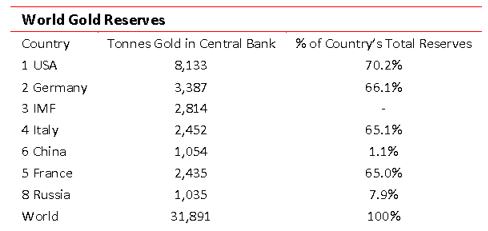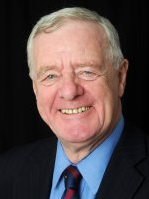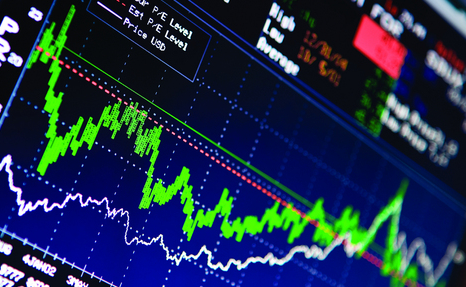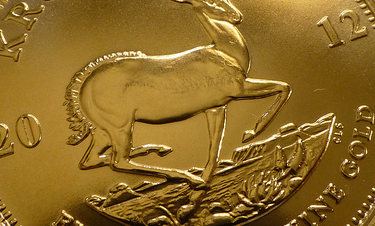Nyheter
David Hargreaves on Precious Metals, week 21 2014

That the prices of the big three did not move hardly mattered to those who live off the precious metals industry. We heard it for Russia buying more gold – a lot more – possibly curtailing exports of palladium and South Africa’s platinum mining impasse not resolving. What is interesting, disturbing even, is that it is not shifting metal prices. As the tables show, gold was moribund, week to week, at $1295, platinum put on $2 to $1471 whilst silver shifted backwards to maintain its place in the club. Now palladium, beloved of diesel engine exhaust catalysts, is making the news.
Although found with big brother platinum, it also occurs separately as we show below. It has always sold at a discount because its catalytic properties are not as strong. Much comes from Russia and in the tit-for-tat Ukraine spat it is suggested exports might dry up. (Thinks – if Russia stops its oil, gas and palladium exports, how will it continue to subsidise its black bread and vodka?). We digress. Suffice to say that year-on-year, the big four precious metals have fared thus:
Gold (-7.8%), Silver (-12.2%), platinum (+0.8%), palladium (+10.2%).
Reasons abound. Platinum : 80% comes from RSA which is embroiled in labour problems that are threatening supply.
Another 14% comes from Russia. Palladium: 44% comes from Russia, whose bareback rider Vladimir is riding roughshod. Another 40% hails from RSA. The bright spots? Look at Stillwater (NYSE $17.50) up 12% this week as the news sinks in.
Gold reserves. Whenever we think of another currency overtaking the US dollar we think of central bank gold reserves. Only two commodities matter when you value a currency. One is the capability of its host country to perform and the other is what tangibles it holds. The latter comes in two forms: foreign currencies and gold. The gold fraction is measured as a % of total reserves and the comparison takes some by surprise. Thus in February 2014 we had, says the WGC:
These numbers do not move regularly, so when they do, we need to ask why. Now your gold as a % of total foreign exchange is indicative n’et ce pas? Do you trust paper (and whose?) or tangibles? In April 2014, Russia bought 900,000oz, or 28t. It will not cause sleepless nights in Washington and may be no more than a poker chip. Bloomberg gave us a shake down on the bigger picture. Total Russian gold and forex reserves are relatively unchanged at $471bn (May 9th). Gold is about 10%. WIM says: This game is Thursday’s child; it has far to go.
Palladium. The run on platinum’s poor cousin needs to be put into perspective. Its output, at c. 6.0Moz per year is almost identical and its major end use (60% autocatalysts) slightly exceeds (Pt = 46%). As we note, sources are limited but definable. Despite being dubbed “precious” it will never fully qualify because it looks like aluminium/stainless steel/what have you. So industrial it is, although very useful and will continue to command a highish price. It is currently buoyed up politically so let us not get over excited. The stats are worth a note. Russia’s Norilsk produces over 40% (2.6Moz/yr) with North America taking over 25% for the auto market. So what if supplies dry up? WIM says: If you enjoy cat-and-mouse, buy palladium, buy Stillwater, stay close to the phone and your bottle of Bourbon. This one will blow over. Interestingly though is that Johnston Matthey, the largest producer of catalysts, is to buy all Stillwater’s production.
Johnson Matthey sees the platinum market deficit widening in 2014, hardly a surprising conclusion as the world’s largest miner, RSA, has downed tools and the biggest user, the auto industry, is going for its life. The users put on a brave face and say stocks plus non-RSA supplies will see them through.
Sprott. Where would we be without blatantly aggressive fund managers who have to push their own books regardless of reality? Thus Sprott. One of the company’s portfolio managers (no names, no pack drill), says the gold price could ‘achieve’ $5000/oz. He talks seasonality, 1974-1976 and … a large Scotch please and easy on the water. WIM has its sights on $40,000 but only if the Chinese take over the world currency markets. Otherwise, we are for $1200. Even that is above some highly respected bankers who are at $1000-1050.
[hr]
About David Hargreaves
David Hargreaves is a mining engineer with over forty years of senior experience in the industry. After qualifying in coal mining he worked in the iron ore mines of Quebec and Northwest Ontario before diversifying into other bulk minerals including bauxite. He was Head of Research for stockbrokers James Capel in London from 1974 to 1977 and voted Mining Analyst of the year on three successive occasions.
Since forming his own metals broking and research company in 1977, he has successfully promoted and been a director of several public companies. He currently writes “The Week in Mining”, an incisive review of world mining events, for stockbrokers WH Ireland. David’s research pays particular attention to steel via the iron ore and coal supply industries. He is a Chartered Mining Engineer, Fellow of the Geological Society and the Institute of Mining, Minerals and Materials, and a Member of the Royal Institution. His textbook, “The World Index of Resources and Population” accurately predicted the exponential rise in demand for steel industry products.
Nyheter
Blykalla och amerikanska Oklo inleder ett samarbete
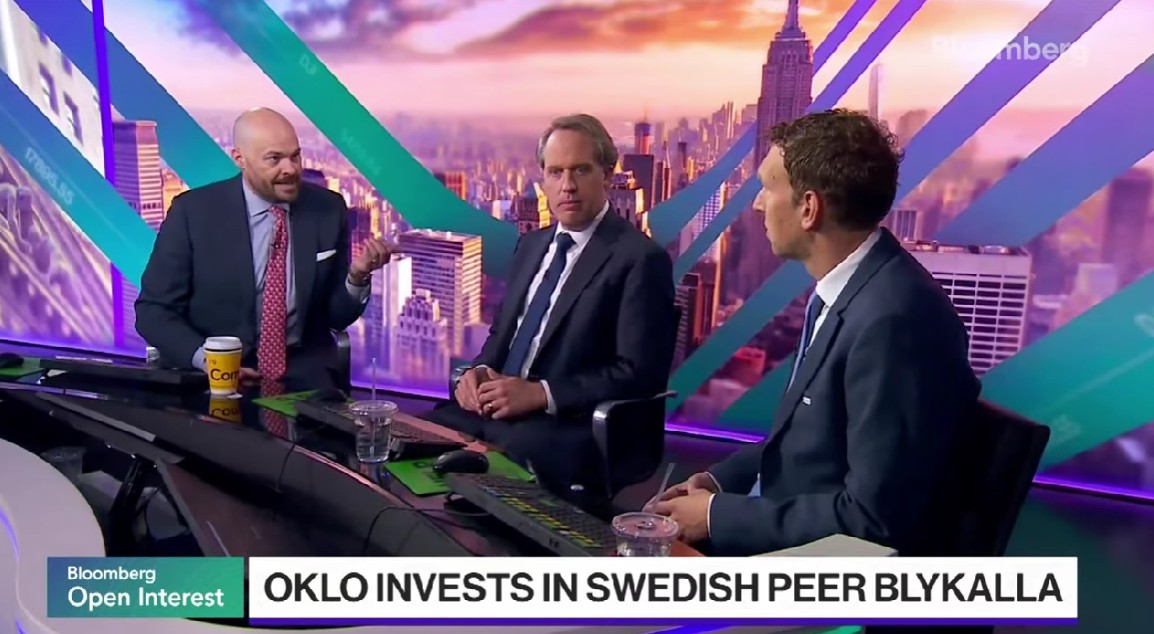
Kärnkraftsföretagen Oklo från USA och svenska Blykalla har ingått ett strategiskt partnerskap för att främja tekniksamarbete, samordna leverantörskedjor och dela regulatorisk kunskap mellan länderna. Samarbetet inkluderar att Oklo går in som en av de större investerarna i Blykallas kommande investeringsrunda med ett åtagande på cirka 5 miljoner dollar.
Genom ett gemensamt teknikutvecklingsavtal ska bolagen utbyta insikter om material, komponenter och licensieringspraxis i både USA och Sverige. Målet är att minska kostnader och tidsrisker i utvecklingen av små modulära reaktorer (SMR).
Blykalla utvecklar SEALER, en blykyld snabbreaktor på 55 MWe, medan Oklo fokuserar på natriumkylda reaktorer upp till 75 MWe för industriella och militära tillämpningar i USA.
“Det här samarbetet stärker det växande ekosystemet för avancerade reaktorer i en tid av globalt ökande energibehov,” säger Oklo-grundaren Jacob DeWitte. Blykallas vd Jacob Stedman tillägger: “Vår gemensamma industriella strategi kan hjälpa leverantörer att planera för uppskalning, oavsett vilken sida av Atlanten de befinner sig på.”
Intervju på Bloomberg om samarbetet
Nyheter
Fortsatt stabilt elpris – men dubbelt så dyrt som i fjol
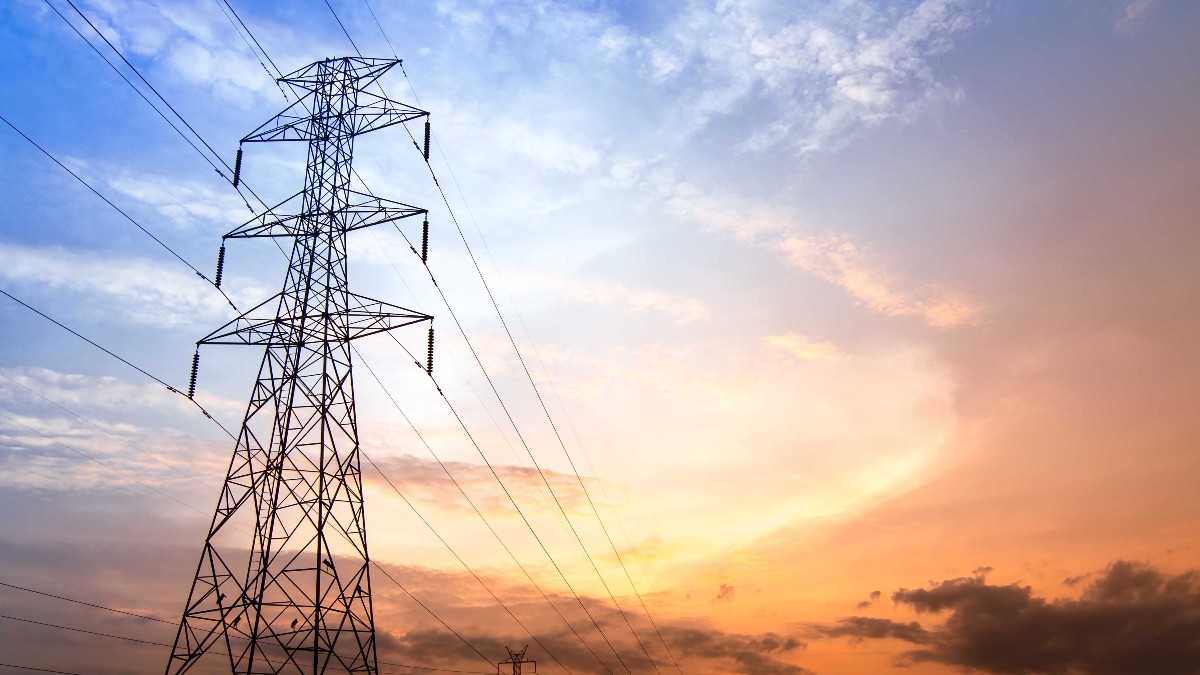
Snittpriset på el för höstmånaderna september till november väntas landa på strax under 50 öre per kilowattimme. Det är nästan en fördubbling jämfört med hösten 2024, då snittet låg på drygt 30 öre. Men nivåerna är fortfarande betydligt lägre än under elpriskrisen 2022. Det visar elbolaget Bixias höstprognos.
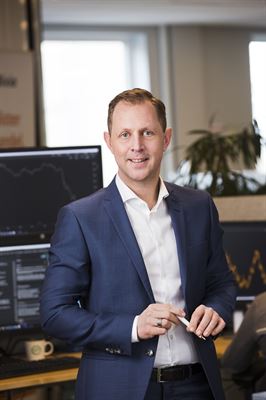
Att elpriserna är högre än i fjol beror främst på lägre tillgänglighet i kärnkraften och en svagare hydrologisk balans efter en torr sommar. Även om hösten har börjat blött och september ser ut att bli den nederbördsrikaste månaden sedan 2018, räcker det inte till för att vända vattenbalansen.
– Höstens elpriser är stabila, men klart högre än i fjol. Det är framför allt osäkerheten kring kärnkraften som påverkar där Oskarshamn 3 har varit ur drift längre än planerat. Samtidigt har den hydrologiska balansen inte återhämtat sig efter sommarens underskott, trots den blöta inledningen på hösten. Men jämfört med krisåren 2021 och 2022 ligger priserna fortfarande på en låg nivå, säger Johan Sigvardsson, elprisanalytiker på Bixia.
I september bidrog bristen på kärnkraft till att elpriset nästan fördubblades jämfört med samma månad i fjol. Priset landade på cirka 40 öre per kilowattimme, att jämföra med 22 öre i september 2024. Flera reaktorer stod stilla, däribland Oskarshamn 3, Forsmark 1 samt Lovisa 1 och 2 i Finland. Trots mycket regn under månaden var vattennivåerna fortsatt låga efter den torra sommaren, medan blåsiga perioder tillfälligt pressade ner priserna.
I oktober väntas elpriset hamna runt 45 öre per kilowattimme, jämfört med 27 öre i fjol, och i november kring 60 öre, mot 43 öre förra året. Sammantaget ger det ett höstsnitt i system på knappt 50 öre, jämfört med drygt 30 öre samma period i fjol. Under krisåret 2022 låg snittet för höstmånaderna på över 1,15 kronor per kilowattimme, med perioder på upp mot 4 kronor.
Liten risk för höga höstpriser
Bixia bedömer att priserna kan komma att stiga tillfälligt om vädret blir kallare än normalt eller om kärnkraftsreaktorer får fortsatt försening i återstart. Om till exempel Oskarshamn 3, vars återstart redan skjutits på fem gånger, inte kommer igång enligt plan i mitten av oktober, finns risk att priserna ökar under andra halvan av månaden.
– Risken för pristoppar ökar ju längre in på säsongen vi kommer, eftersom förbrukningen stiger när temperaturen sjunker. Men väderprognoserna ser i nuläget gynnsamma ut, och även om det skulle bli kallare än väntat ser vi inte någon risk för extremt höga priser, säger Johan Sigvardsson.
Dyrare el i syd
Södra Sverige har betalat betydligt mer för elen än norra delarna. Priserna har legat på runt 15 öre per kWh i norr under september, medan syd haft priser på omkring 70 öre. En differentierad prisbild väntas även under resten av hösten, särskilt om kärnkraftsproduktionen i söder fortsätter att vara begränsad och det fortsätter att vara gott om vatten i norr.
Nyheter
Ett samtal om guld, olja, koppar och stål
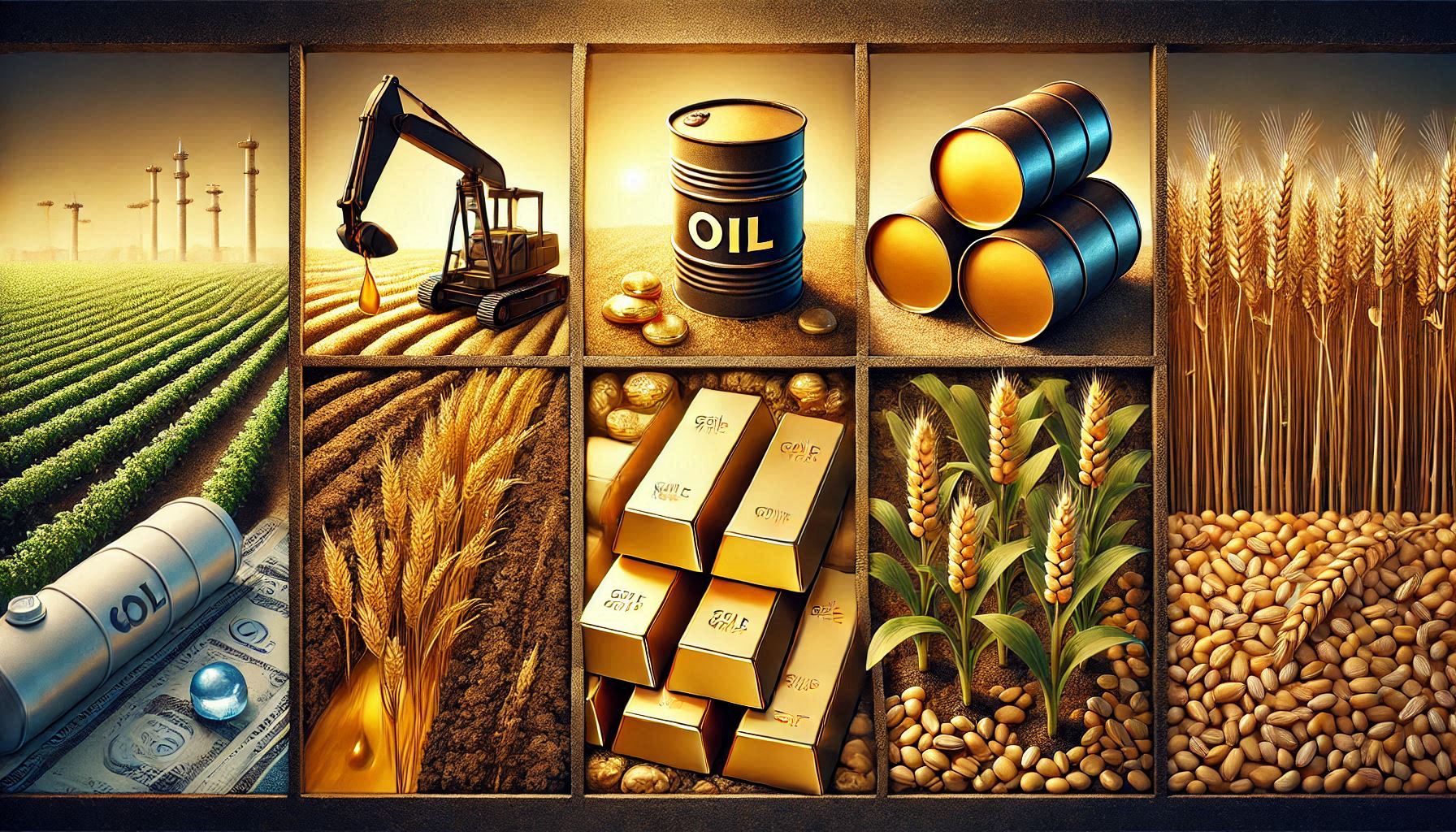
Samtal om att guldet ständigt slår nya prisrekord, att oljepriserna pressas och vad som händer på kopparmarknaden. Vidare kommenterar Jernkontorets Kristian Ljungblad läget i stålbranschen och hur de svenska stålbolagen mår.
-

 Nyheter4 veckor sedan
Nyheter4 veckor sedanEurobattery Minerals satsar på kritiska metaller för Europas självförsörjning
-

 Nyheter3 veckor sedan
Nyheter3 veckor sedanMahvie Minerals i en guldtrend
-

 Nyheter4 veckor sedan
Nyheter4 veckor sedanGuldpriset kan närma sig 5000 USD om centralbankens oberoende skadas
-
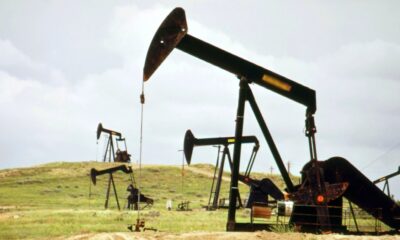
 Nyheter4 veckor sedan
Nyheter4 veckor sedanOPEC signalerar att de inte bryr sig om oljepriset faller kommande månader
-

 Analys3 veckor sedan
Analys3 veckor sedanVolatile but going nowhere. Brent crude circles USD 66 as market weighs surplus vs risk
-

 Nyheter3 veckor sedan
Nyheter3 veckor sedanAktier i guldbolag laggar priset på guld
-

 Nyheter3 veckor sedan
Nyheter3 veckor sedanKinas elproduktion slog nytt rekord i augusti, vilket även kolkraft gjorde
-

 Nyheter2 veckor sedan
Nyheter2 veckor sedanTyskland har så höga elpriser att företag inte har råd att använda elektricitet


